6.4 logic gates
1/13
There's no tags or description
Looks like no tags are added yet.
Name | Mastery | Learn | Test | Matching | Spaced |
|---|
No study sessions yet.
14 Terms
logic gates
devices which apply logical operations to one or more boolean inputs in order to produce a single boolean outpu
NOT
returns 1(True) if the boolean operand is 0(False)

AND
returns 1(True) if both boolean operands are 1(True)
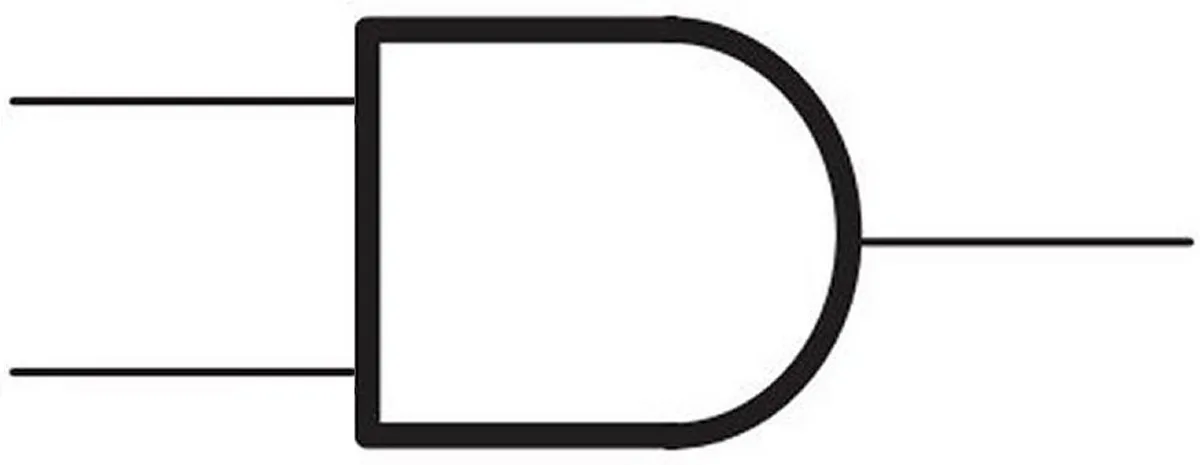
OR
returns 1(True) if at least one boolean operand is 1(True)

XOR
returns 1(True) if only one boolean operand is 1(True)
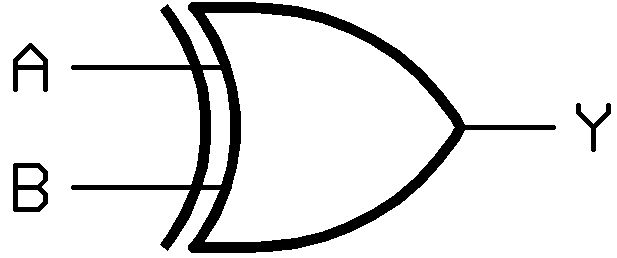
NAND
returns 1(True) if at least one boolean operand is 0(False)

NOR
returns 1(True) if both boolean operands are 0(False)

logic circuits
logic gates which have been combined to perform more complex operations like binary addition
truth tables
tables that show every possible combination of inputs and corresponding outputs for a logic gate or circuit
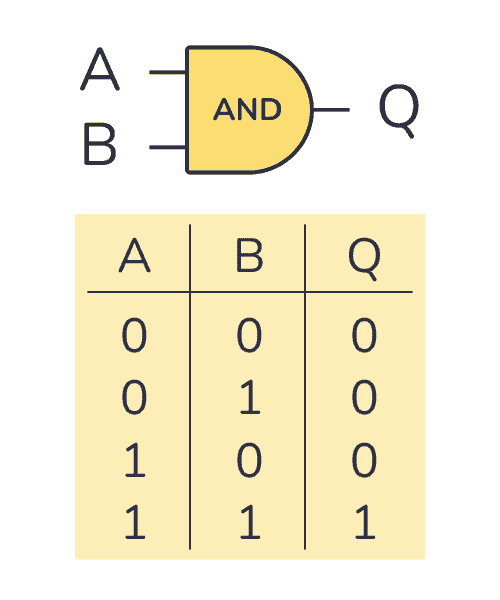
half adder
combination of logic gates that adds two boolean values together
xor gate determines if the sum bit is 1, and gate determines if the carry bit is 1
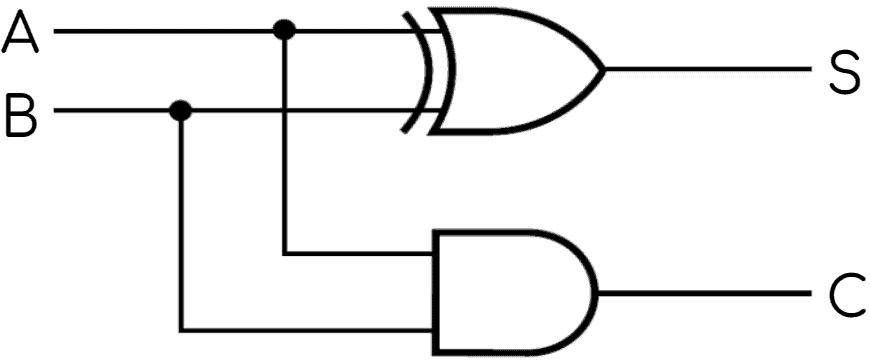
half adder truth table
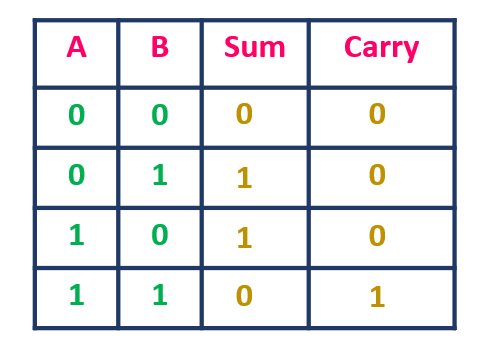
full adder
combination of logic gates that adds two boolean values together, plus a carry bit from a previous, less signifcant operation
comprises of two half adders, one with the two inputs, and one with the sum of the first half-adder and the inputted carry bit. the sum of the second half adder goes to the sum and the carry bit of both half adders go into an OR gate for the second carry bit (only one of the two carry bits can be 1 so this does not cause inaccuracy)
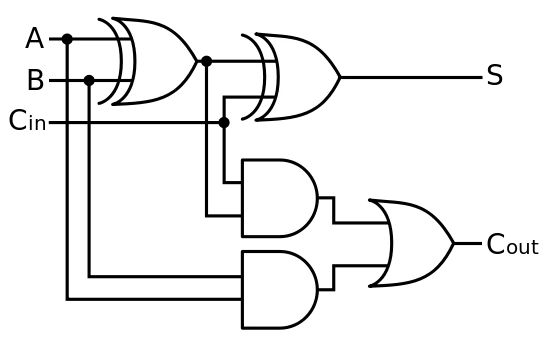
full adder truth table
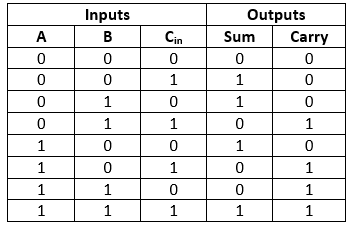
edge-triggered D-type flip-flop
a logic circuit with two inputs: one for a bit of data and another for a clock signal
stores the value of the data input, its stored value is only updated when the clock signal changes (updates occur when the clock signal changes from either 0 to 1, rising edge, or 1 to 0, falling edge)